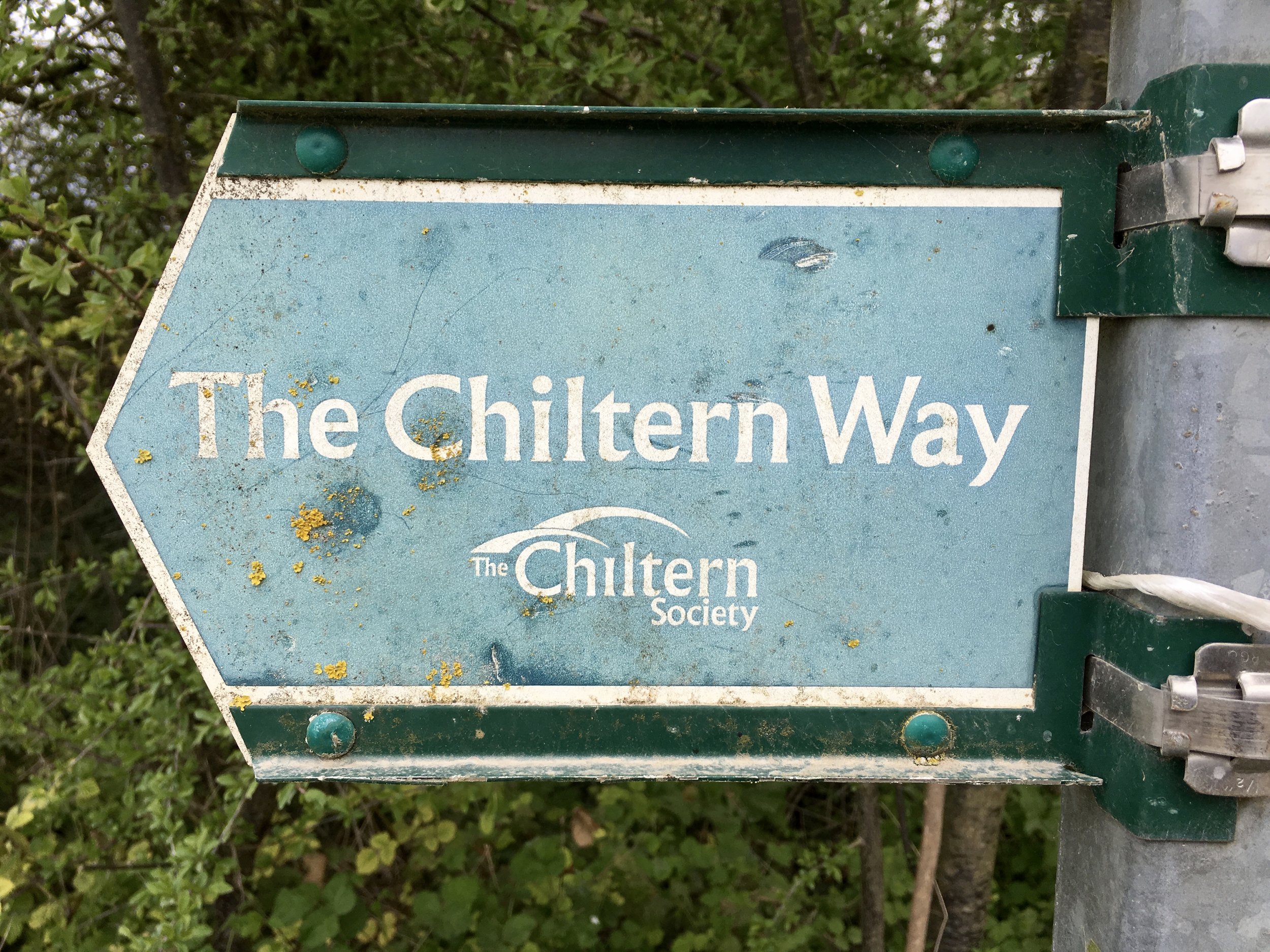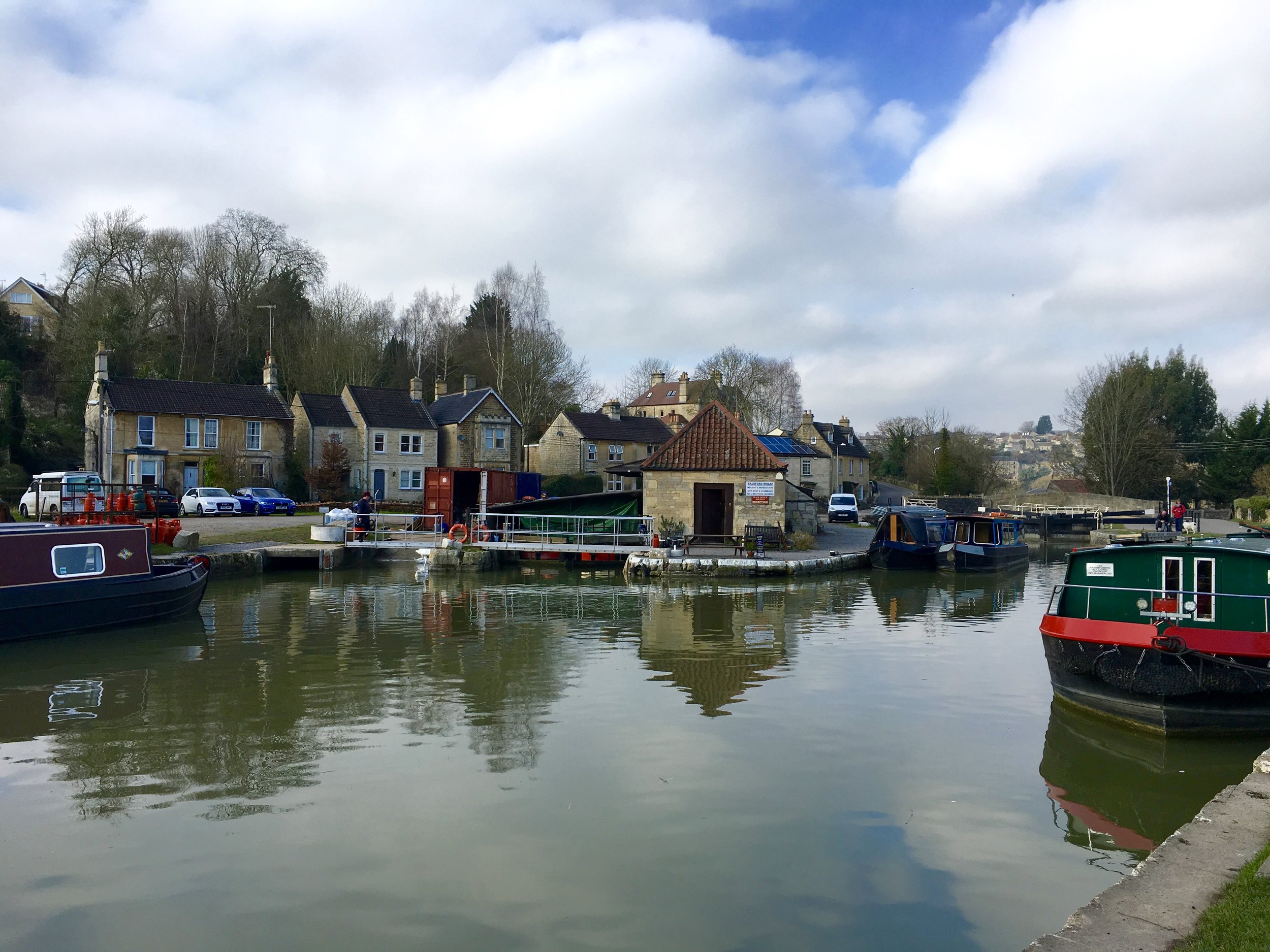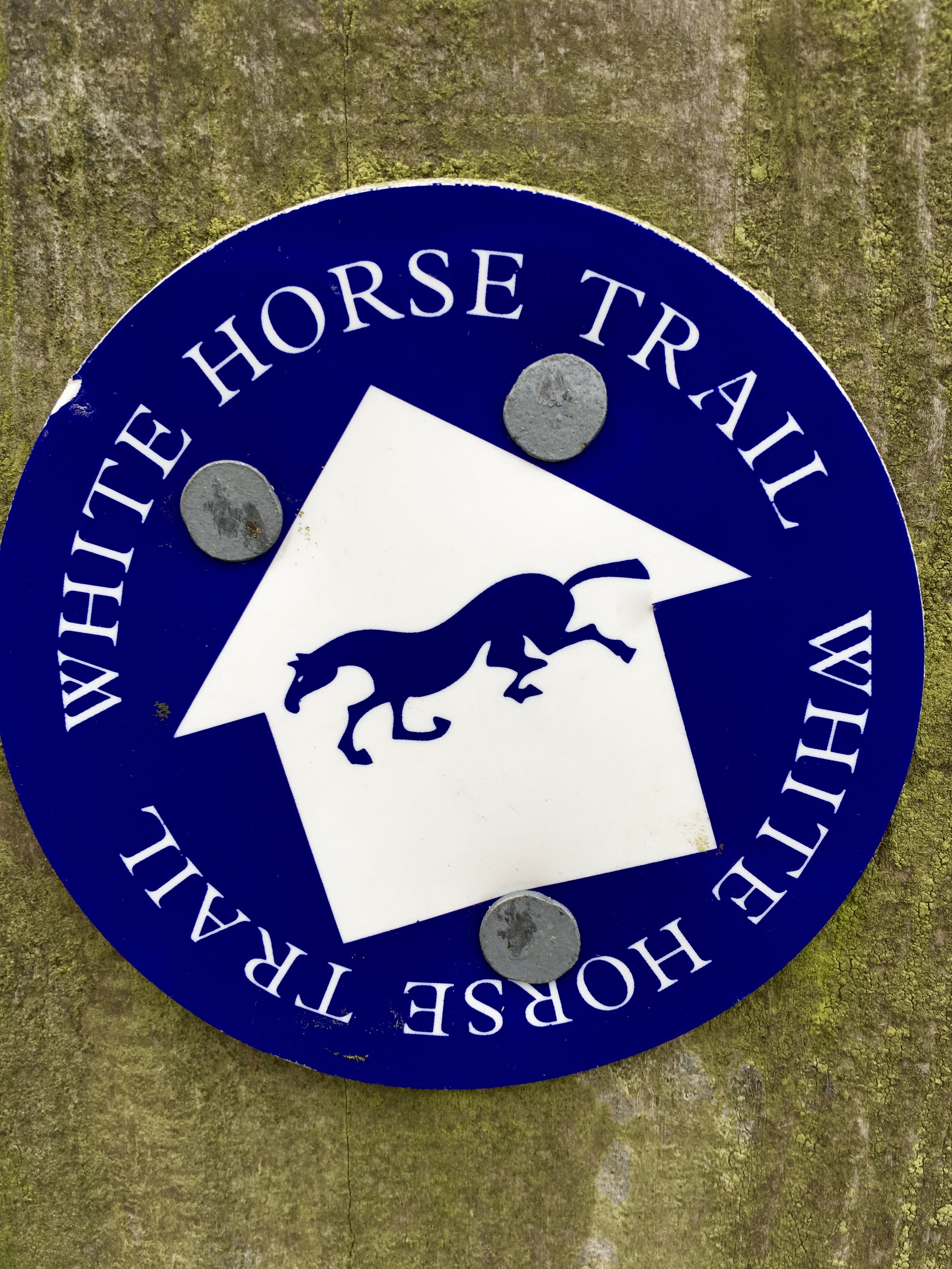Great Outdoor Reads
/There's nothing better than being cosy and warm by the fire in the winter, with the rain or snow lashing against the windows, a mug of hot tea and some dark chocolate digestives to hand enjoying a good book. I'm a voracious reader, getting through a book every three days or so, and here are a selection of really good stories I’ve read and thoroughly enjoyed.
Adventures of the Yorkshire Shepherdess by Amanda Owen
The third in the utterly delightful series of the Owen family and their remote hill farm in the Yorkshire Dales. A real James Herriott style read for today’s generation. Full of warmth, decency, family, hard work and simplicity, it’s a real tonic. She’s a lovely lady too; I met her after attending one of her talks this year.
The Living Mountain by Nan Shepherd
An absolute classic of mountain literature. Nan Shepherd recounts living and breathing her beloved Cairngorms in such a personal and evocative way as she pursued her quest to find the essence of the mountains.
The Bond by Simon McCartney
Bro bought this from the Kendal Mountain Festival a couple of years ago and it disappeared to the back of the bookcase until I dug it out at the beginning of this year. This is a really fabulous read about two epic Alaskan climbs and the ensuing determination, friendship, hardship, trust and courage. Brilliantly written and utterly absorbing. Can’t recommend it enough.
A Croft in the Hills by Katharine Stewart
A really gentle story of a family making a living on a croft with no previous experience at all. Told from today but looking back fifty or so years, it tells of hardships, but also details a simpler, happy family life with the characters, neighbours and friends they met along the way. Really lovely.
Thinking on my Feet by Kate Humble
I love Kate Humble; she’s so natural, down to earth and bubbly. Someone I think I’d like to be friends with. This is a lovely book about walking the Wye Valley Way as well as her thoughts, feelings and observations on her walks and runs over the course of a year both here and abroad. Chatty, warm and friendly, just as I imagine she is.
Walking Home by Simon Armitage
This is brilliant. Just so well written, I couldn’t put it down. It tells the story of his walk along the Pennine Way giving poetry recitals in the evenings to help with the finances. He describes in little snapshots the people he meets, how he feels, what he sees. Just delightful.
Ghosts of K2 by Mick Conefrey
This is a fascinating account of the race to be the first to conquer the world’s second highest and most dangerous mountain. Really well written and researched, it gives a huge amount of interesting facts and information surrounding this most deadly of races to the top. A great read.
The Ogre by Doug Scott
A fascinating account of Bonington and Scott’s dramatic first ascent of The Ogre. The first part of the book details the history of the local area, its people, other expeditions and the mountain, then the second half focusses on the ascent and epic descent. A really fascinating read. I have met Doug Scott as well. Just saying.
Captain Scott by Ranulph Fiennes
I'll admit to Captain Scott being a bit of a hero of mine as is Ranulph Fiennes, so the two together were always going to be a winning combination for me. Fiennes writes really well, in a clear, simple almost chatty style that brings the tragedy of this story to life in a way many other versions I've read, don't. Exceptionally well researched and well paced, the story builds dramatically to the tragic ending you know and dread is coming, to the extent I really couldn't put it down. Wonderful.
I hope this whets your literary appetite or might appeal to anyone else you know who loves the great outdoors.
All that remains for me to say this year is have a very
Merry Christmas and a Happy, healthy New Year.















































